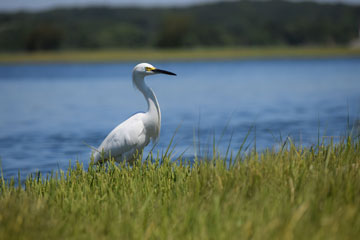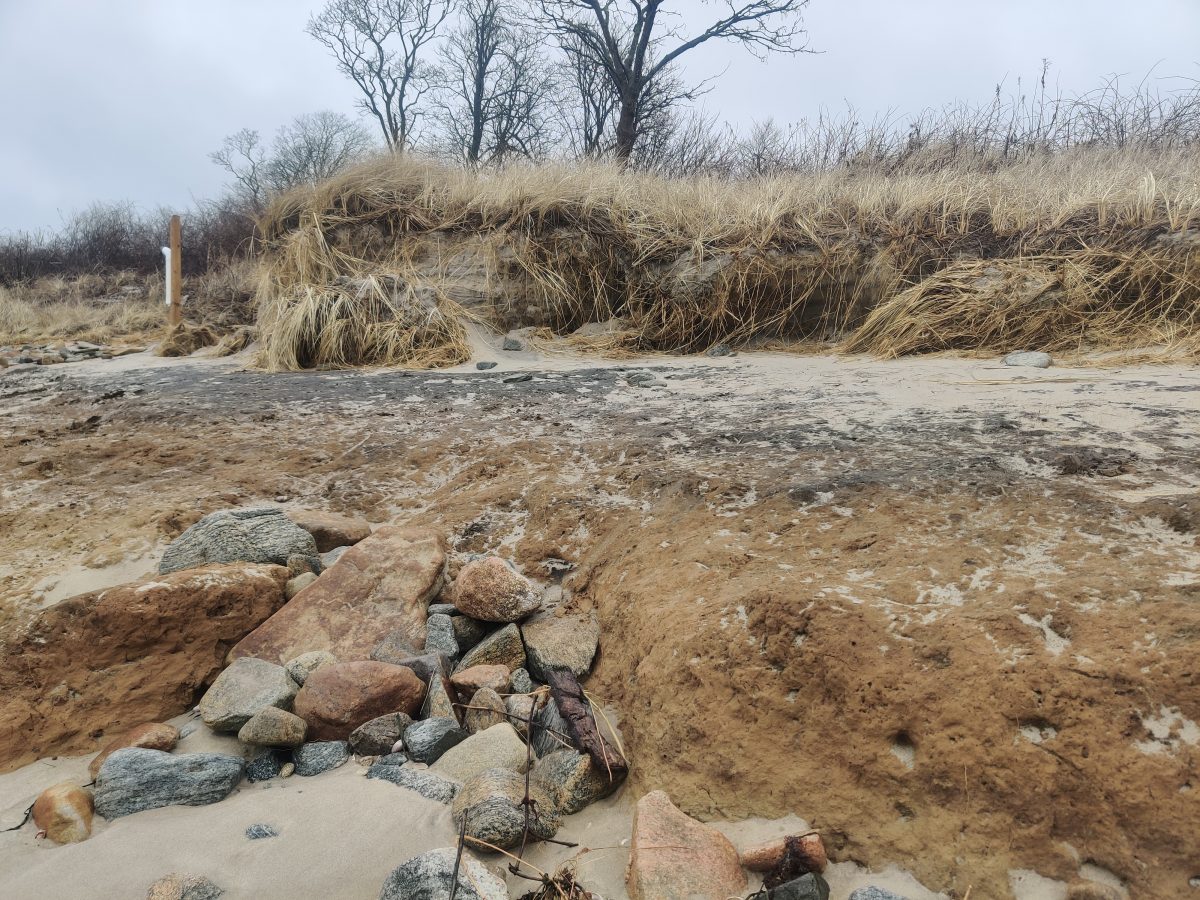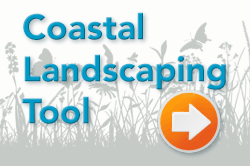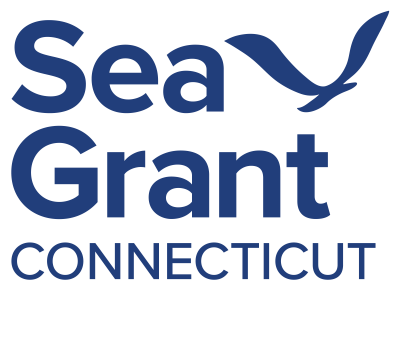
Long Island Sound is an estuary with almost the entire state of Connecticut within its watershed. Wise use and conservation of our coastal and inland resources is critical to the health of Long Island Sound. The Connecticut Sea Grant Extension Program supports management efforts to conserve and protect ecosystems, habitats and living resources within Connecticut and the northeastern United States. Support of management efforts includes conducting research, education and outreach in coastal land use and community planning, habitat restoration and enhancement and water quality. Fostering collaborative partnerships with federal, state, and local municipal agencies as well as conservation groups is key to coastal resource management in Connecticut.
Priority Coastal Habitats:
Connecticut Sea Grant partners with many federal, state and local organizations to manage and protect priority habitats within and along Long Island Sound. These habitats include: coastal and island forests, bluffs, beaches and dunes, estuarine embayments, tidal wetlands, freshwater wetlands, coastal grasslands, intertidal flats, rocky intertidal zones, riverine migratory corridors, submerged aquatic vegetation beds, and shellfish reefs. Connecticut Sea Grant supports research, outreach and education efforts focused on these habitats and the species associated with them. You can learn more about these habitats and management issues including the impacts of climate change and invasive species at ADAPT CT Habitats.
A step by step guide to developing management plans for these priority habitats can be found at ADAPT CT Open Space Planning.
Living Shorelines
In Connecticut, the term "living shoreline" is used to mean a shoreline erosion control management practice which also restores, enhances, maintains or creates natural coastal or riparian habitat, functions and processes. Coastal and riparian habitats include but are not limited to intertidal flats, tidal marsh, beach/dune systems, and bluffs. Living shorelines may include structural features that are combined with natural components to attenuate wave energy and currents.
Watch video presentations of our Living Shorelines Workshop with UCONN CLEAR here
Shoreline Homeowners: Try this tool to learn how to beautify your coastal property by planting the right in the right place, while reducing erosion. Click here for more information on why it is important to plant coastal riparian corridors?
Another tool for those with property along the shore is: Connecticut Beaches and Dunes: A Hazard Guide for Coastal Property Owners.
For those looking to learn about the ecology and plants of salt marshes, check out Salt Marsh Plants of Long Island Sound. Copies can be ordered by filling out the form.
Also available: Connecticut’s Sandy Shores: An Introduction to the Geology, Ecology, Plants and Animals.
Additional Resources
- Long Island Sound Blue Plan and Blue Plan Map Viewer: The LIS Blue plan is an inventory and spatial plan of the natural resources and human uses of Connecticut's Long Island Sound so as to guide future use of the area's waters and submerged lands.
- Connecticut Eco Environmental Conditions Online: Natural Resource information and imagery for planning, management, education and research
- Connecticut Shoreline Change Analysis: The Connecticut Shoreline Change Project analyzes how the Connecticut shoreline has changed between the late 1800’s and 2006 through loss (erosion) and gain (accretion) over time.
- NEMO website: CT Sea Grant collaborates with the U.S. Department of Agriculture and the Connecticut Cooperative Extension System and is part of the Nonpoint Education for Municipal Officials ("NEMO") team. NEMO provides training and information to help officials, commission members, and community leaders make well-informed decisions regarding development, land-use patterns and non-point pollution control in their coastal towns.
Publications
View our coastal habitat publications.

Hypoxia in Long Island Sound drops to record low in 2025
Long Island Sound reached a major milestone in water quality this year, with hypoxia, or low oxygen in bottom waters, at its lowest since the Long Island Sound Partnership began tracking the levels in 1987.
[Read More]
UConn students available to help with climate adaption projects
Connecticut municipalities, community organizations, or land trusts looking for assistance with climate adaptation work are invited to seek help from UConn Climate Corps students.
[Read More]
Connect with the Sound in the new issue of Wrack Lines
The Fall-Winter 2025-2026 issue of Wrack Lines magazine invites readers to take a fresh look at the estuary that is the signature natural feature for our state. As the Long Island Sound Partnership celebrates 40 years, articles in the magazine explore plans to keep the momentum going, some of its special places, and how public perceptions have changed.
[Read More]For More Information:
Contact:
Juliana Barrett, Extension Educator Emerita
Owen Placido, Assistant Extension Educator: Nature-Based Resiliency
David Dickson, director, Center for Land Use Education and Research (CLEAR)
Publications
View our coastal habitat publications.

